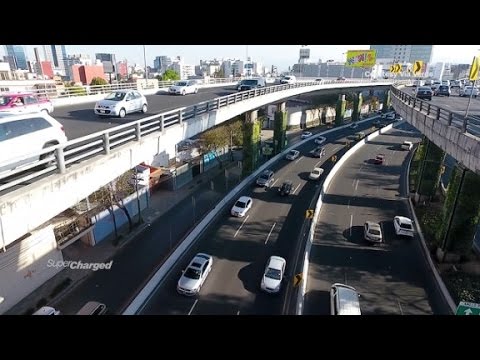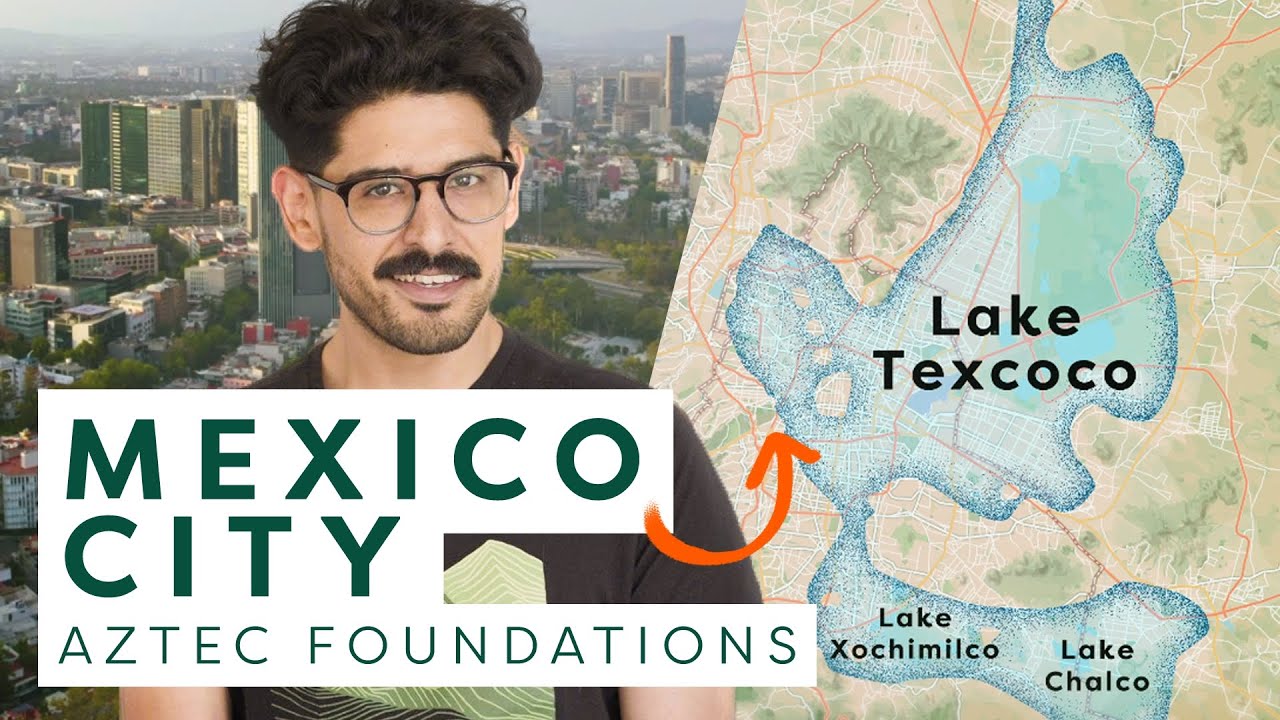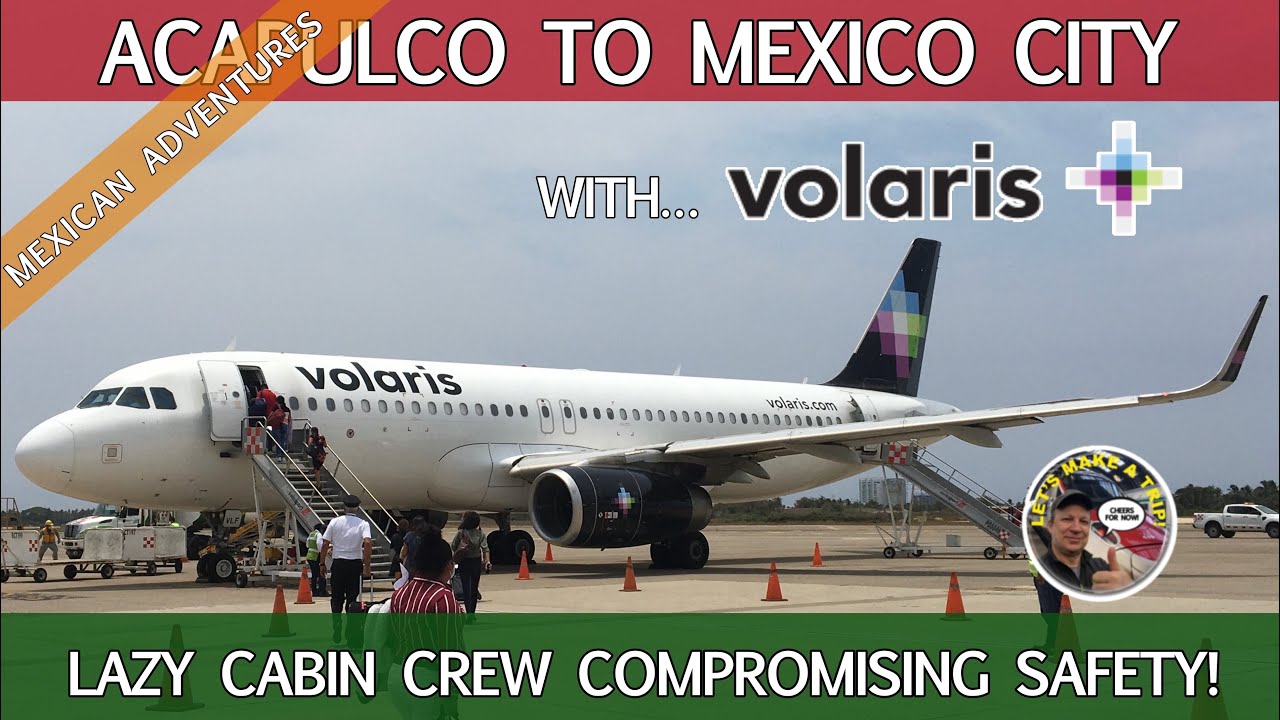Understanding the Causes of Mexico City’s Poor Air Quality
Mexico City, the bustling capital of Mexico, is renowned for its rich history, vibrant culture, and scenic beauty. However, beneath the surface of its many attractions lies an issue of concern: poor air quality. The causes of this environmental challenge are multi-faceted and have significant impacts on the health and well-being of its residents.
Geographical and Climatic Factors
The unique geographical setting of Mexico City plays a pivotal role in its air pollution problem. Nestled in a valley and surrounded by mountains, the city’s natural topography traps pollutants, preventing them from dispersing easily. Additionally, the high altitude of the region contributes to combustion inefficiency, leading to higher emissions from vehicles and industries. The climatic conditions, characterized by a dry season with little wind, further exacerbate the situation by allowing pollutants to accumulate in the air.
Transportation and Vehicular Emissions
Transportation is a significant contributor to Mexico City’s air quality concerns. With a sprawling urban landscape, the reliance on vehicles is considerable. The city grapples with an aging automotive fleet, inadequate emission controls, and traffic congestion. These factors lead to elevated levels of vehicular emissions, with cars, buses, and trucks emitting high quantities of pollutants such as nitrogen oxides, volatile organic compounds, and particulate matter.
Industrial and Residential Emissions
Industrial activities within and around Mexico City are also a source of air pollutants. The use of fossil fuels in power plants, manufacturing processes, and the disposal of waste contributes to the city’s air quality dilemma. Residential emissions, often from the burning of wood and other materials for heating and cooking, add to the air pollution levels, particularly in the city’s outskirts where access to cleaner fuels is limited.
Topographical and Meteorological Challenges in Mexico City
Mexico City boasts a vibrant tapestry of cultural hubs and natural attractions. Yet, this sprawling metropolis, nestled in the Valley of Mexico, confronts visitors with unique topographical and climatic challenges. The city is situated at a high altitude of approximately 2,240 meters (7,350 feet) above sea level, which can often surprise newcomers who may experience the effects of altitude sickness such as shortness of breath, fatigue, or headaches. It is advisable for travelers to acclimate slowly and stay hydrated to mitigate these symptoms.
Apart from its elevation, Mexico City’s terrain is also characterized by its position atop a former lakebed. This unique geographical feature contributes to some of the urban challenges including soil subsidence. Over-extraction of groundwater has caused certain areas within the city to sink by significant measures, affecting infrastructures like buildings and roadways. This is not only a concern for the city’s maintenance but can also perplex visitors as they navigate through this dynamic landscape.
The climate in Mexico City is generally pleasant, with warm summers and mild winters. However, the city’s weather patterns can quickly change due to its unique position within the mountains. Sudden rain showers can occur, especially during the rainy season from May to October, catching many by surprise. Flash floods and waterlogging in streets are common, and travelers are advised to carry rain gear and be prepared for abrupt weather changes.
Mexico City also struggles with environmental issues such as air pollution, which is exacerbated by its topography. The surrounding mountains often trap pollutants, resulting in hazy skies, particularly during the dry winter months. Visitors with respiratory conditions should check local air quality indices and take necessary precautions, like limiting outdoor activities during high pollution days to avoid health risks.
Lastly, while Mexico City is not directly on a major fault line, it does experience seismic activity because of its proximity to active geological zones. The city’s spongy ground, due to the aforementioned lakebed, can amplify the effects of earthquakes, presenting an additional concern for both residents and visitors. Though modern buildings are designed to withstand tremors, witnessing the city’s earthquake drills could be an unexpected adventure for travelers.
The Impact of Transportation on Air Pollution in Mexico City
Mexico City, a bustling metropolis teeming with cultural vibrancy and historical significance, also grapples with a less favorable attribute: air pollution. A significant contributor to this environmental challenge is the sheer volume of transportation. Daily, millions of vehicles crowd the city’s streets, emitting a variety of pollutants that degrade air quality. From private cars to public buses, the range of transportation options each plays a role in the air pollution narrative of Mexico City.
The bulk of vehicular emissions comes from the predominant usage of privately owned cars, many of which are older models with outdated emission control technology. Private vehicles in Mexico City are estimated to contribute a substantial portion of nitrogen oxide (NOx) and volatile organic compounds (VOCs), both precursors to ozone formation. The city’s topography, which is surrounded by mountains, exacerbates the issue by trapping these pollutants, leading to the formation of smog.
Public transportation, while a greener alternative to individual cars, still contributes to the air quality problem, albeit to a lesser extent. Despite efforts to modernize fleets and adopt cleaner fuels, the existing network of diesel-powered buses continues to emit significant levels of particulate matter and black carbon. This is compounded by the issues of traffic congestion, which forces vehicles to idle for prolonged periods, increasing fuel consumption and emissions per trip.
Non-motorized transport, such as bicycling and walking, has gained more attention as policies and infrastructure attempt to reduce reliance on motor vehicles. However, such initiatives are often challenged by the sprawling nature of the city and safety concerns. Advocates for clean transportation options highlight the necessity of investing in these sustainable modes to alleviate the environmental and health impacts of air pollution.
Finally, the introduction of stricter vehicular emission standards and the expansion of emission-free modes of transport, such as the electric bus pilot programs, demonstrate a commitment to addressing transportation-induced air pollution. While such measures are steps in the right direction, the road to significantly improved air quality in Mexico City remains long and complex. With continued growth in population and vehicle usage, the need for comprehensive and persistent strategies is undeniable.
Industrial Contributions to Mexico City’s Air Quality Issues
Mexico City, a sprawling metropolis and the nation’s capital, is infamous for its air quality issues. Among the various contributors, industrial activities play a significant role in the degradation of the city’s air. Numerous factories and plants contribute to the bulk of air pollutants, including particulate matter (PM), sulfur dioxide (SO2), and volatile organic compounds (VOCs), through their manufacturing processes and energy consumption.
The topography of Mexico City exacerbates the problem, as it is surrounded by mountains that trap pollutants and prevent effective dispersion. Long-standing industrial zones located within the city’s boundaries, as well as on its outskirts, continuously emit large quantities of pollutants. While regulations have been implemented to address these emissions, enforcement remains a challenge. As a result, mismanagement and lax adherence to environmental standards are persistent issues impeding air quality improvement efforts.
In response to the air pollution crisis, Mexico City has seen significant reforms, including the introduction of Hoy No Circula—a program aimed at reducing vehicle usage—and stricter fuel regulations to lower industrial emissions. However, the impact of these measures has been limited by continued industrial growth and urbanization. As industries expand to meet economic demand, the pressure to maintain productivity often overshadows the need for environmental responsibility.
Recent studies have highlighted the need for a multifaceted approach to address industrial emissions. This includes updating aging industrial equipment, adopting clean technologies, and increasing investments in renewable energy sources. Moreover, enhancing public transportation systems could indirectly reduce the city’s air pollution by decreasing the reliance on private vehicles, consequently limiting vehicular emissions that blend with industrial pollutants to aggravate the city’s air quality issues.
Initiatives and Measures to Improve Air Quality in Mexico City
Mexico City has long faced significant air quality challenges, leading to concerted efforts by both the government and non-governmental organizations to improve the atmosphere for its millions of inhabitants. Recognizing the depth of the issue, diverse strategies have been implemented that target various sources of pollution.
Vehicle Emission Regulations
One of the principal sources of pollutants in Mexico City has been vehicular traffic. In response, the government has established stringent emission control laws to reduce the number of high-polluting vehicles on the roads. The “Hoy No Circula” (No-Drive Days) program is perhaps the best-known initiative, discouraging the use of older, less efficient cars, particularly during times of high pollution. Additionally, there has been a substantial investment in expanding public transportation networks and promoting the use of non-polluting electric buses and bicycles, aiming to decrease reliance on personal vehicles.
Industrial Pollution Controls
To confront the issue of industrial emissions, regulators have tightened standards and invested in technological upgrades to reduce the environmental impact of factories around Mexico City. Factories are now mandated to use cleaner technology and to undergo regular inspections to ensure compliance with air quality standards. Furthermore, the government has provided incentives for companies to switch to cleaner energy sources, such as natural gas, and to invest in equipment that minimizes the release of harmful substances into the air.
Urban Greening Projects
Urban greening projects have emerged as a complementary approach to improving air quality in Mexico City. The cityscape is continuously being enhanced with the planting of trees and the creation of green spaces which serve not only as lungs to the city, providing oxygen and filtering pollutants, but also as areas for recreation and the promotion of environmental awareness among citizens. These green spaces have proven beneficial for the reduction of urban heat islands and for overall air purification. Efforts such as the Vertical Gardens initiative and the expansion of Chapultepec Forest are prominent examples of the city’s commitment to ecological restoration and sustainability.


